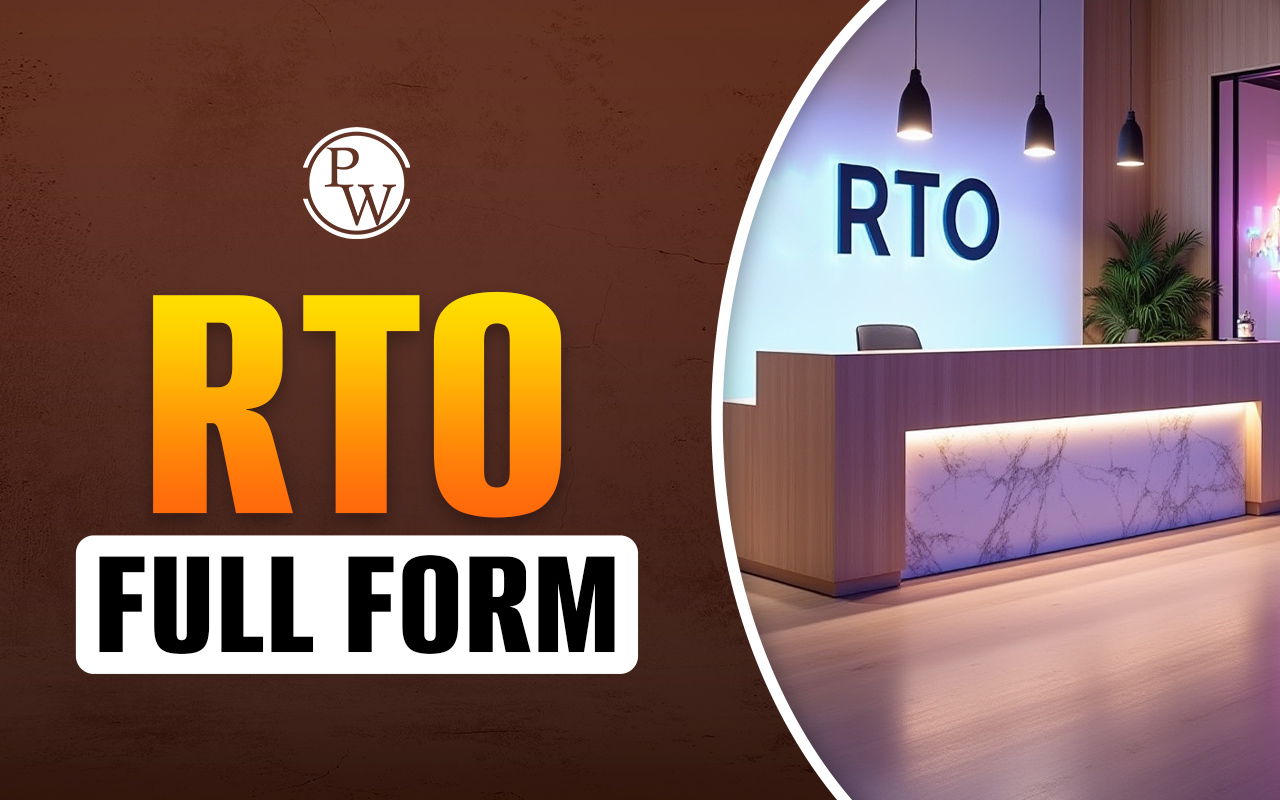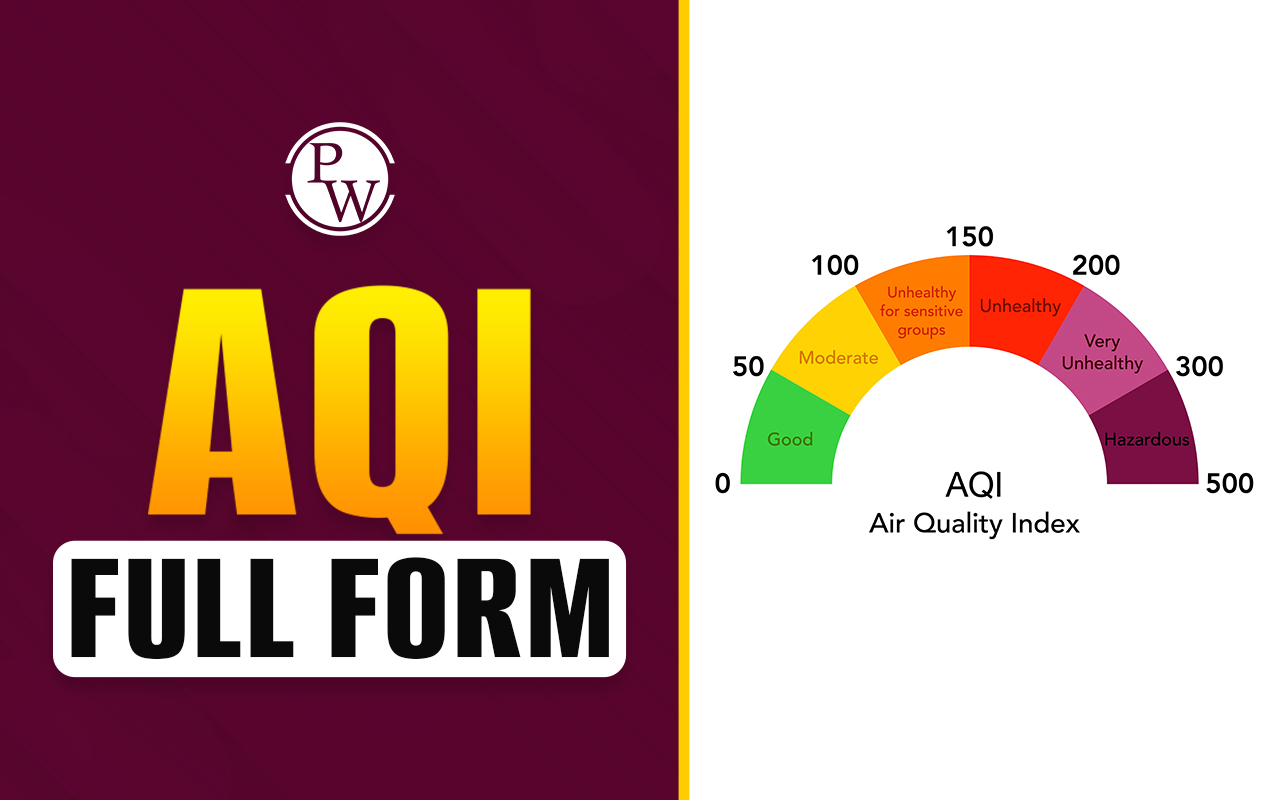
The full form of MP stands for Member of Parliament.
What is a Member of Parliament (MP)?
In India, the people of a constituency elect a Member of Parliament (MP) to represent them in the legislative body and advocate for their needs and concerns at the national level. As an MP in India, you are responsible for participating in law-making by proposing and passing bills, participating in debates and discussions, and scrutinizing government policies. Moreover, in the parliamentary committees, you play a crucial role in discussing important issues and making decisions. Furthermore, beyond the parliament, you are constantly working to improve the lives of your constituents by addressing their problems and striving for their development. Your dedication to serving the people of your constituency reflects your strong sense of responsibility, accountability, and commitment as an MP in India. In many countries with bicameral parliaments, the term "Member of Parliament" (MP) refers explicitly to lower house members. Other jurisdictions use equivalent terms such as "congressman/congresswoman" or "deputy." The term "parliamentarian" can refer to MPs, but it can also denote government officials with specific parliamentary responsibilities or expert advisers on the procedure, like the US Senate Parliamentarian.Member of Parliament (MP), Lok Sabha
The Lok Sabha, also known as the Lower House of the Parliament of India, currently has 543 seats. Citizens directly elect these seats from each parliamentary constituency of states and union territories through the first-past-the-post method. Moreover, the Members of Parliament in the Lok Sabha represent the Indian population. A direct voting system is there for MP Selection. India's Parliament consists of two houses: the Rajya Sabha, or Council of State, and the Lok Sabha, or House of the People. This makes India's parliamentary system bicameral. The maximum number of members in the Lok Sabha is 555, with 530 seats representing constituencies in different states and 20 members representing those from union territories, all elected through direct vote. From 1952 to 2020, Anglo-Indian community members received two seats. This practice has ended. The majority party or coalition in the Lok Sabha selects India's Prime Minister.Member of Parliament (MP), Rajya Sabha
The Rajya Sabha, also referred to as the Upper House of the Parliament of India, comprises Members of Parliament who represent the Indian states. Moreover, an electoral college of state and union territory legislative assembly members and President-appointed individuals selects them based on their contributions in various fields. They have fewer members than the Lok Sabha and limited decision-making power. As of 2022, the maximum number of Rajya Sabha members at 250. In which 229 representing states and 9 representing union territories such as Delhi, Puducherry, Jammu, and Kashmir. Moreover, the President recognises the contributions of 12 members in arts, sciences, literature, and social services by appointing them as Rajya Sabha members. However, Rajya Sabha MPs serve for six years and do not face dissolution. However, one-third of MPs retire every two years, and elections or Presidential nominations replace them. Additionally, both houses' representation is based on population proportion, with Uttar Pradesh having the largest representation due to being the most populous state. However, the majority party in the Lok Sabha forms the government through a coalition or alliance, serving five years in the Lok Sabha and six years in the Rajya Sabha. If a seat becomes vacant, the election takes place. It will be within six months, and the new member only serves the remaining term. However, the Constitution and Parliament Statutes determine the number of seats in both houses. [wp-faq-schema title=" MP Full Form FAQs" accordion=1]Q1. What is the role of an MP in India?
Ans. An MP in India represents the citizens of their parliamentary constituency in the Lok Sabha and participates in the legislative process by proposing laws, debating and voting on bills, and holding the government accountable.
Q2. How are MPs in India elected?
Ans. MPs in India are elected through a direct voting system by citizens of their parliamentary constituency from states and union territories through the first-past-the-post method.
Q3. Who chooses the Prime Minister of India?
Ans. The Prime Minister of India is chosen by the coalition of parties or parties with a majority in the Lok Sabha.
Q4. How long is the tenure of an MP in India?
Ans. An MP in India serves a tenure of 5 years in the Lok Sabha unless the house is dissolved before.
Q5. What happens when a vacancy opens up in the Lok Sabha due to the death or resignation of an MP?
Ans. When a vacancy in the Lok Sabha is due to an MP's death or resignation, the position must be filled within six months through elections only, and the new member can serve only the remaining term of the seat they were elected.
Q6. What is the maximum number of MPs in the Lok Sabha?
Ans. The maximum number of MPs in the Lok Sabha, the Lower House of the Parliament of India, is 555.
Talk to a counsellorHave doubts? Our support team will be happy to assist you!

Check out these Related Articles
Free Learning Resources
PW Books
Notes (Class 10-12)
PW Study Materials
Notes (Class 6-9)
Ncert Solutions
Govt Exams
Class 6th to 12th Online Courses
Govt Job Exams Courses
UPSC Coaching
Defence Exam Coaching
Gate Exam Coaching
Other Exams
Know about Physics Wallah
Physics Wallah is an Indian edtech platform that provides accessible & comprehensive learning experiences to students from Class 6th to postgraduate level. We also provide extensive NCERT solutions, sample paper, NEET, JEE Mains, BITSAT previous year papers & more such resources to students. Physics Wallah also caters to over 3.5 million registered students and over 78 lakh+ Youtube subscribers with 4.8 rating on its app.
We Stand Out because
We provide students with intensive courses with India’s qualified & experienced faculties & mentors. PW strives to make the learning experience comprehensive and accessible for students of all sections of society. We believe in empowering every single student who couldn't dream of a good career in engineering and medical field earlier.
Our Key Focus Areas
Physics Wallah's main focus is to make the learning experience as economical as possible for all students. With our affordable courses like Lakshya, Udaan and Arjuna and many others, we have been able to provide a platform for lakhs of aspirants. From providing Chemistry, Maths, Physics formula to giving e-books of eminent authors like RD Sharma, RS Aggarwal and Lakhmir Singh, PW focuses on every single student's need for preparation.
What Makes Us Different
Physics Wallah strives to develop a comprehensive pedagogical structure for students, where they get a state-of-the-art learning experience with study material and resources. Apart from catering students preparing for JEE Mains and NEET, PW also provides study material for each state board like Uttar Pradesh, Bihar, and others
Copyright © 2025 Physicswallah Limited All rights reserved.
Get App









